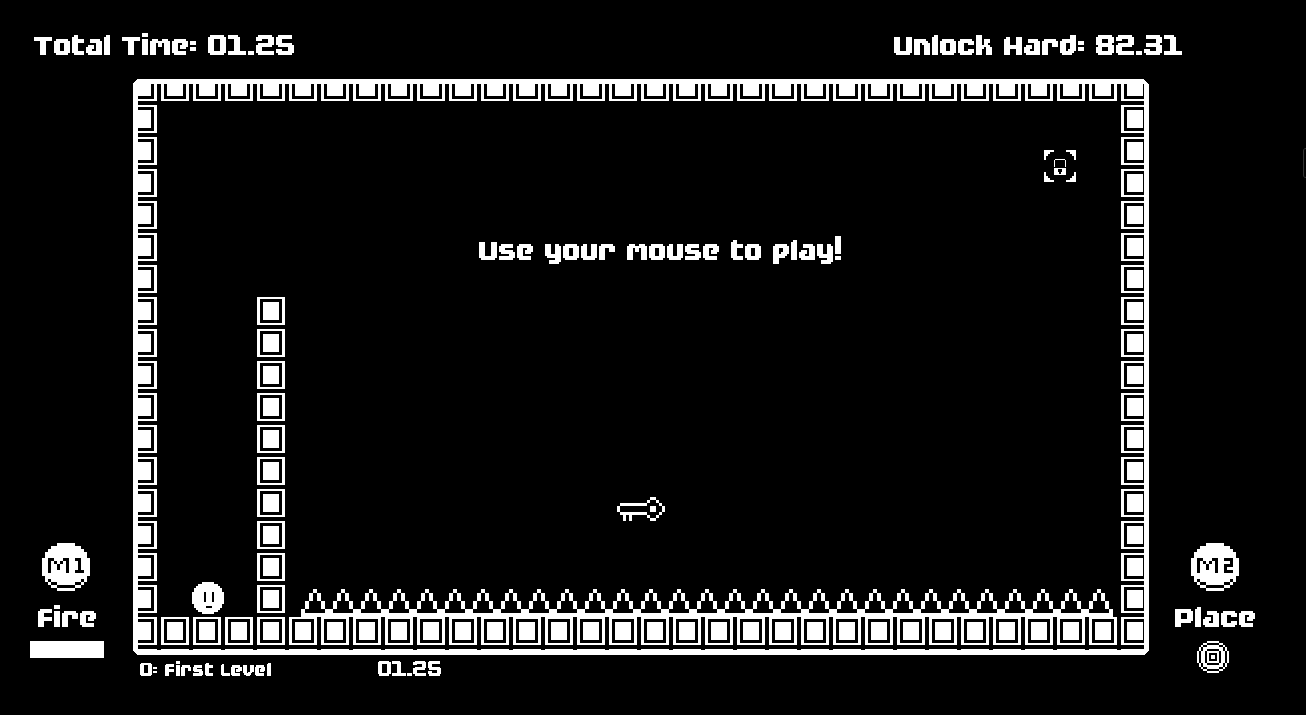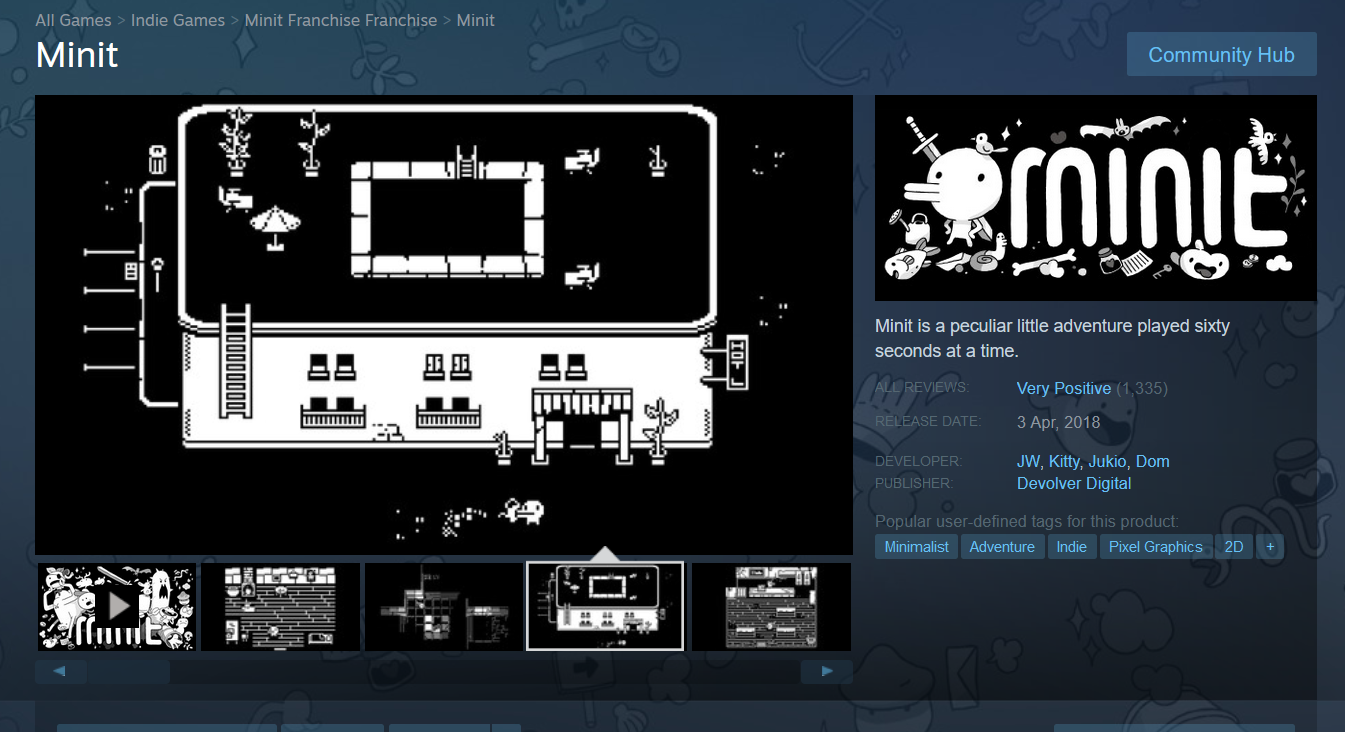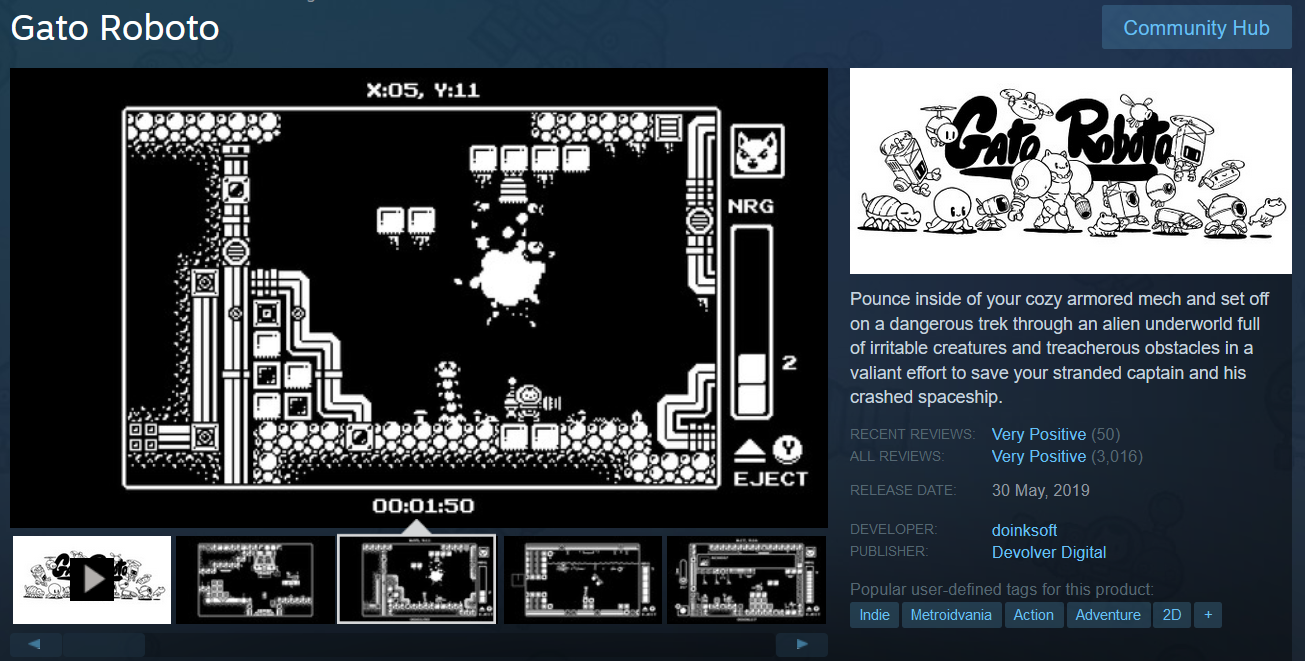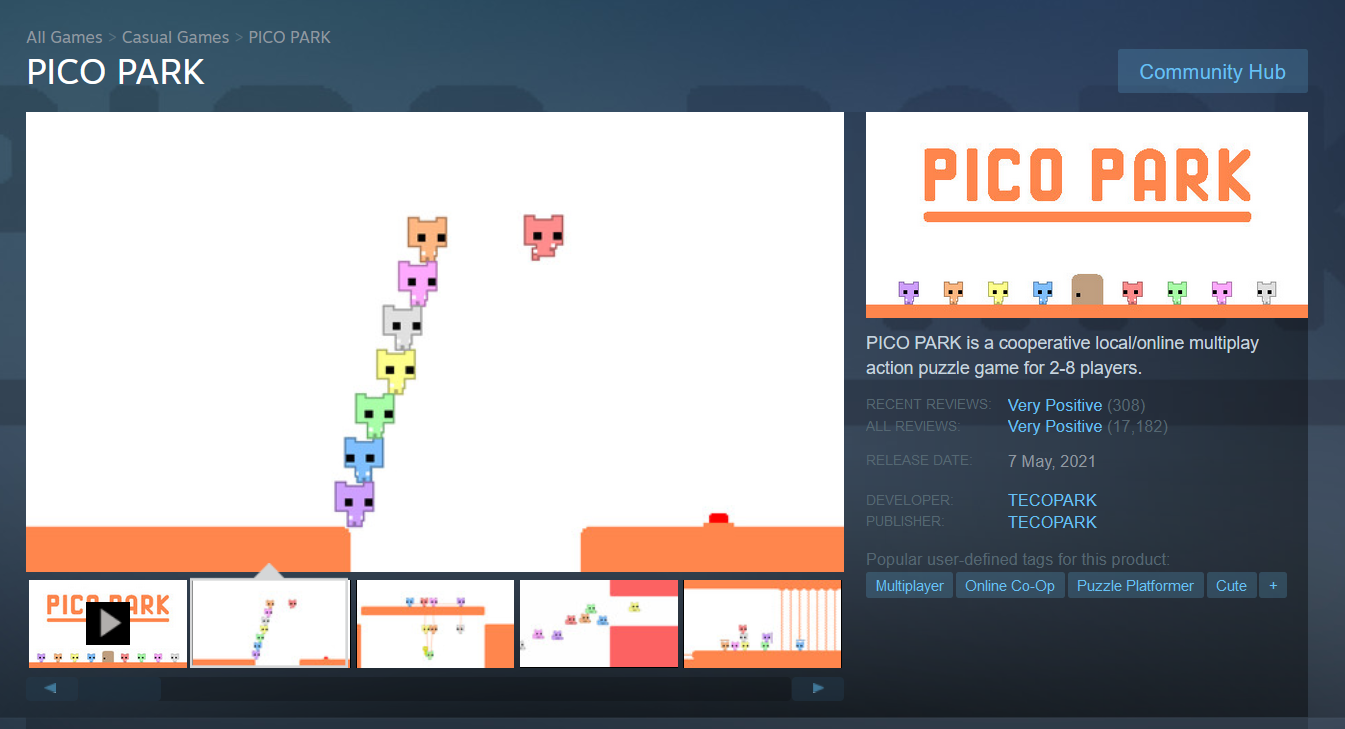I am going to keep this post quite brief. I had previous written about the proposal for Collision Theory in a previous post.
What is Project Ball Game?
That project has been postponed in favor of making a full adaption of an old game jam game I had made which can be played here The working codename for this game will be called Project Ball Game.
Collision Theory… cancelled?
No. Collision Theory is not cancelled. It simply would be worked on later in my development journey rather than earlier.
The reasons for this is quite simple: Collision Theory was suffering from some minor scope creep and I was not confident in its ability to execute on its ambition to a level of competency that was suitable for a commercial market space. I think it needs a lot more prototyping, playtesting and my own skill development to be refined before the concept can be executed properly.
I also would want test Collision Theory’s core gameplay loop in a freeware game first with the target demographic, before further investment into a full release is considered. This can allow more creativity through the reduced pressure and risk.
Learning from a case study of another person’s failed Steam game, Platform Gun
I had recently watched a video post-mortem on a similar scoped project, which stated that effective marketing advice has changed from conventional wisdom. The developer had expected 500 downloads for his project, but had only gotten less than half of that at 225 downloads, which is also for a free game. Realistically, this means I should expect around 200 downloads for my own first commercial project.
Still, despite this 200 download number being a realistic expectation of Project Ball Game’s statistically likely fate, what are some things we can still learn from said case study that Project Ball Game can do differently?
Artstyle focused development
The game in the case study has very ugly and unprofessional art, which come off as unfinished and similar to placeholder art. The developer of the game is aware of this fault and reflected upon it in his retrospective.
The original prototype of Project Ball Game had a minimalistic 1-bit pixel artstyle. This style was chosen pragmatically its success in the games Downwell, Minit and Gato Roboto and how it can allow aesthetically coherent placeholder assets to be created by the unprofessional pixel artist (which was me). The following screenshots how the original jam prototype’s art in comparison to its references.
I do think scoping the project’s art to follow a relatively minimalistic color scheme does present some advantages and disadvantages.
The main disadvantage is that the game is unlikely to stand out, as the 1-bit style is not as novel among audiences as it has become a more common staple for smaller budget indie games since the release of these three big hits. It is also deceptively harder to execute very well as it first appears too, as the abstraction requires the artist to be very particular on what details should be sacrificed in what the art asset was meant to represent.
The biggest advantage, however, is that it is also a style that is easy to avoid doing poorly. What I mean by this is that, with some good taste and effort, even an inexperienced artist can make something that does not look ugly. It is very realistic for someone of my skill level to create a game with an artstyle inspired by this to look professional and competent, despite being mediocre and unimpressive. This is a huge step up from an ugly looking game.
Looking ugly and unprofessional can be an active deterrence to a potential new player and give a poor first impression. Ugliness is to be avoided in a commercials game. Do not be mistaken by successful games that use a seemingly ugly looking artstyle such as Cruelty Squad, they were still made behind the scenes with an art direction that appeal to the niche target demographic.
On contrast, a mediocre and inoffensive art for a game allows a more neutral impression, where your gameplay hook and premise are still given space to capture the audience attention. An example of a game that succeeded despite looking visually unimpressive would be Pico Park.
The art of PICO PARK is plain and uninteresting… but it is also not ugly. It looks presentable, and while the art cannot act as a hook, it did not deter the potential target audience who would find the core gameplay hook of an 8-player co-op platformer with chaotic elements appealing.
My jam project was an experiment in creating a game with this aesthetic, and despite my lack of training and experience in this style, I was still able to make a game with original assets that most people were willing to attempt.
Proven Gameplay Loop with Demand and Feedback
Project Ball Game is built upon a game jam prototype that already had positive reception for the core gameplay loop. This foundation is a strong starting point, which already have an audience. Whether that audience is marketable or not is hard for me to determine with my current skill level and inexperience, but the important thing is that we already know that people want to play a game like this.
I also already was able to obtain some constructive feedback from the game jam’s competition, such as the flawed difficulty curve or the confusion of the teleporter mechanic.
Getting feedback from the initial game jam is not enough to sustain the development for an entire commercial project. More playtesting must still be done throughout the game’s development and life.
Having a successful game jam build, however, allows the development of this game to ‘skip’ a phase of pre-production and prototyping in order to ‘find the fun’. This gives a clear sense of direction that is easier to manage, as the project iterates over a core concept that already works, rather than having to discover it from scratch.
Expectations
Still, despite learning from all these successes, statistically is very unlikely for Project Ball Game to get more than 200 downloads. It must be understood that Project Ball Game only exists as the first entry of a growing back catalog of games under my business, where my skills would slowly grow in order to make better and better games.
Since the game is projected to already be unprofitable, this means that we must have a different definition and merit of success over the number of copies sold, in order to properly evaluate this game’s development after its done.
I still have to reflect and consider what that merit would be beyond a vague gesture of ‘I genuinely enjoy the game and so do the people who is in the target demographic,’ which is far too subjective and impossible to measure.
Not that it is a bad idea to consider any project a success if we feel personally proud of it, but that sort of definition of success is not very useful for other people to study from, which is ultimately why someone would read a post like this at all.
10 True Gamers
One possible definition of success I can employ is a variant of the 100 True Fans concept. I could state that if Project Ball Game is able to attract at least 10 strangers whom have completed it from start to finish, that would be considered a moderate baseline of success. If it can attract even five people to speedrun it against me on a leaderboard, I would consider that a huge success.
We can actually use Steam Achievements as a way to measure the completion rate of a game too.
For now, I could state that a realistic definition of success for the commercial release of Project Ball Game is if 10 people in the world have obtained the achievement for completing the game once.
These 10 people in the world can even include people that I personally know, because the hook of playing the game from the start all the way to the end is not something that someone would do for a game that isn’t fun, even if they personally know the creator and wanted to humor them.
If they were strangers who had completed the game, that can definitely be an even bigger success. Still, i think the separation of strangers and friends for the completion can be a merit to worry about more for my next commercial game. Right now, lets just focused on making a fun game that anyone wants to finish!
In conclusion, I think this merit, being focused on the quality of the game and appealing to a small amount of people who did try it, is far more realistic and controllable for my first commercial release than focusing on volume or profit.
It might be a right attitude going forward… but we will see how I feel about that idea in a year from now when doing the post-mortem of this same game. I do like that it still allows my game to have a target and a goal within my skill level as a new developer, while being realistic about the conditions of the market. That sounds pretty healthy to me.






Comments powered by Disqus.